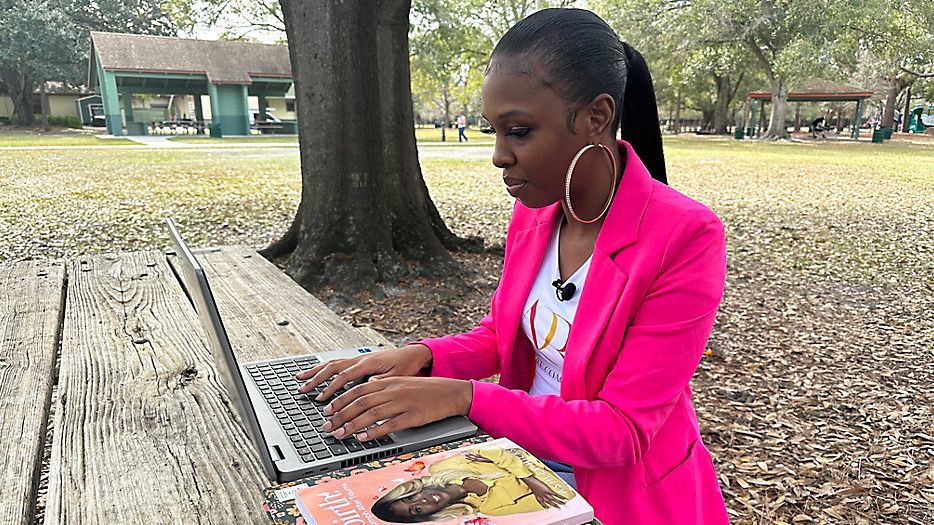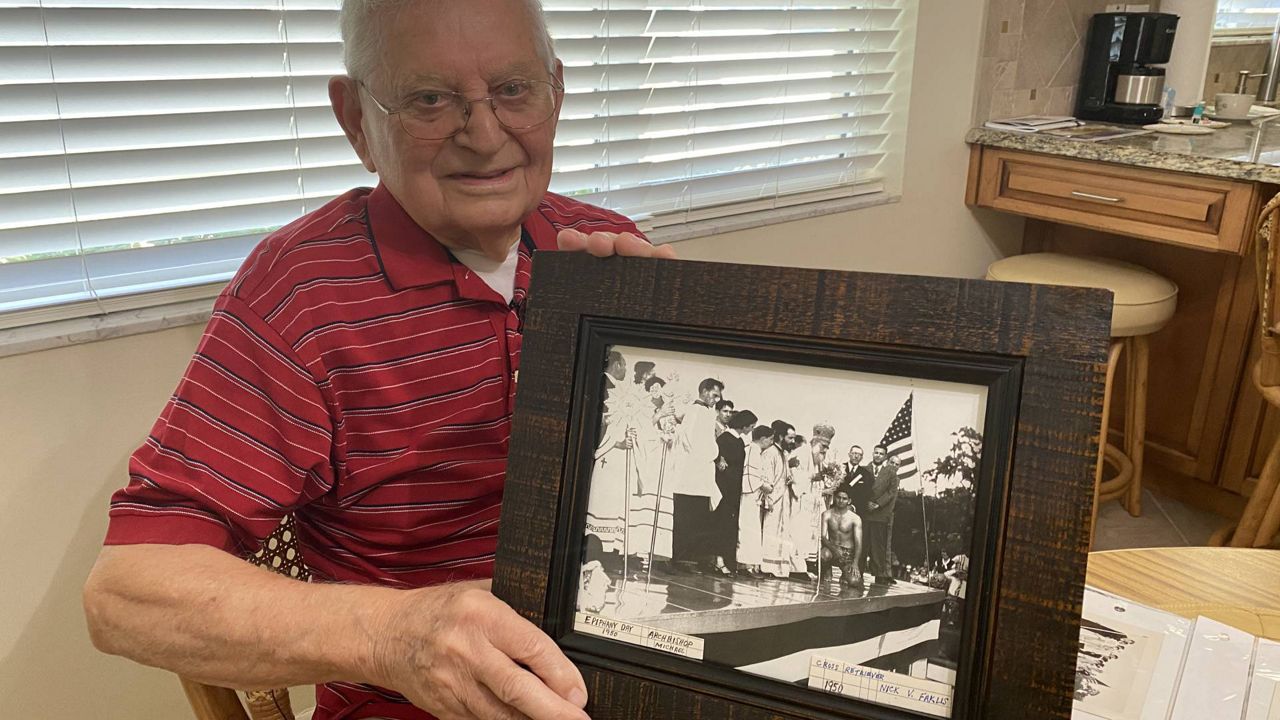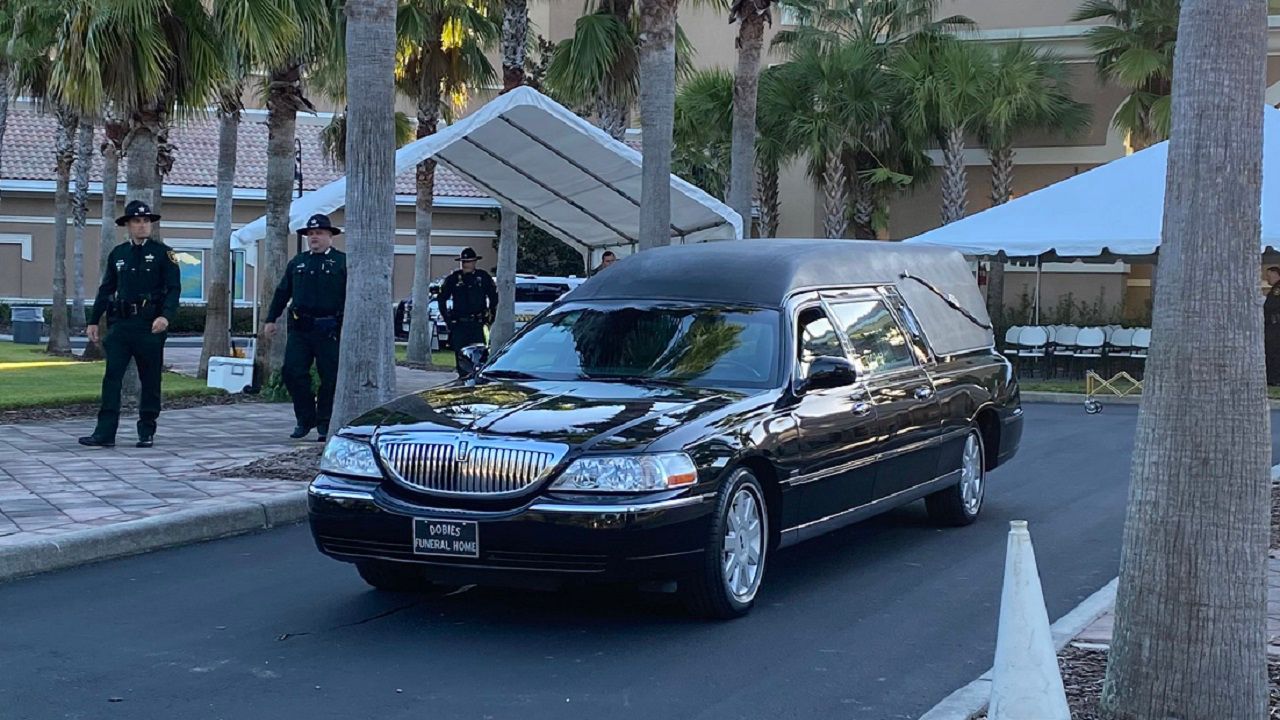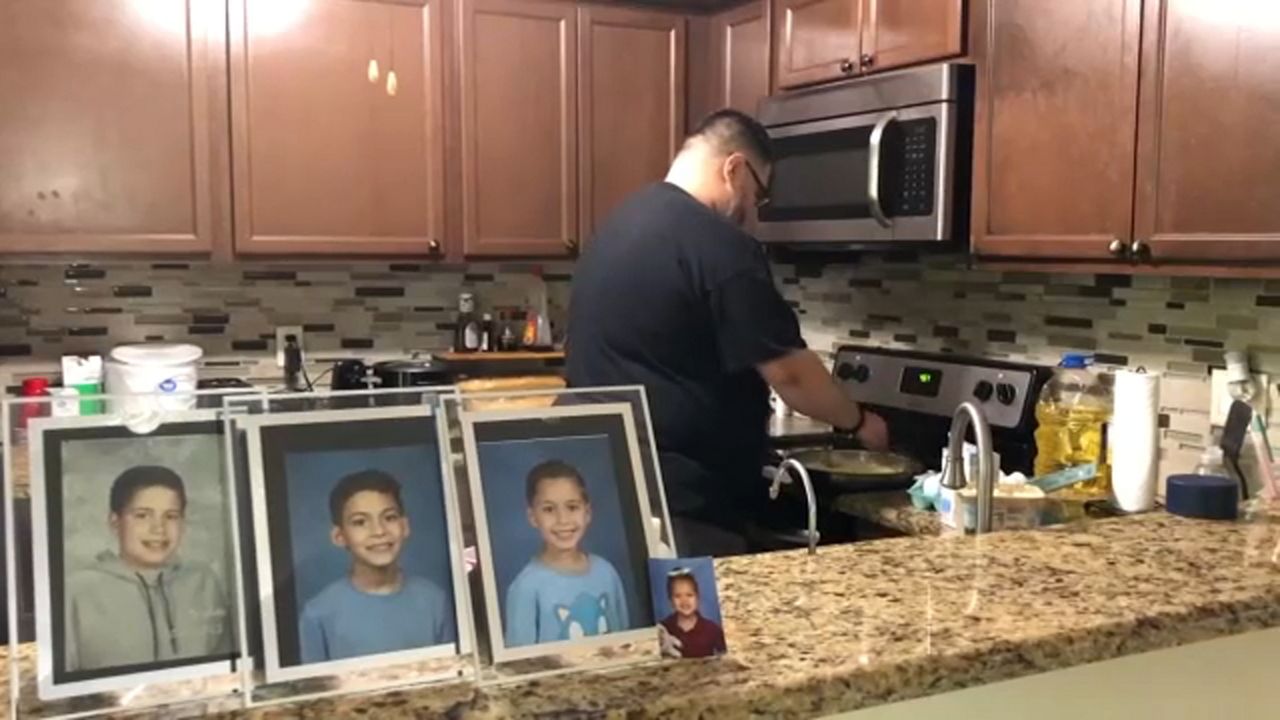TAMPA, Fla. — Are there still graves buried on the Tropicana Field property? That’s what USF researchers are waiting to find out. If there are remains at the site, researchers said they plan to honor and identify the people buried there and their decedents.
What You Need To Know
- USF researchers are waiting for results on if there are people buried on the Tropicana Field property
- Researchers hope to honor and identify those still buried at the site
- The cemeteries were closed around 1926-27 after falling into disrepair
- African Americans were re-entered at Lincoln Cemetery in Gulf Port
“First and foremost it’s daunting. I’ve done many cemeteries and the first impact is thinking about the lives of people that are lost and honoring people. Most of it is honoring people who have gone before us and who have again been ignored and we are walking on top of them,” lead researcher, Dr. Antoinette Jackson said.
The first stop for their research project was Tropicana Field.
“The project is going to consist of doing some research of these sites in St. Pete. The burial grounds, Oak Lawn cemetery but it consisted of a couple of other cemeteries. Evergreen Cemetery and Moffitt Cemetery,” Dr. Jackson said. “So we’re gonna do some background research and understand where the cemetery boundaries are, how many burials are actually here and who are the decedents of the people buried here. “
Julie Armstrong is a professor and researcher on the project. She pointed out areas at the Tropicana Field site where each cemetery was located. “Where we’re standing right now is the sight of the former Oak Lawn Cemetery which was put in 1900 and it was a segregated cemetery meaning there were sections for African Americans and sections for white people,” she said. “Across, behind me there is Moffitt, what is the site of Moffitt cemetery which is the one of the oldest in St. Petersburg, built in 1888 for civil war veterans and African Americans. African Americans used it later. White in the beginning and then African Americans used it.”
WHAT THEY KNOW
- The cemeteries closed around 1926-27 after falling into disrepair.
- White burials were re-entered at Royal Palm Cemetery and African American burials were re-entered at Lincoln Cemetery in Gulf Port.
The city of St. Pete hired a company to use ground-penetrating radar of the site to see if there are remains still there. Those results are pending.
In 1976 while I-275 was being constructed, human remains were found where the African American cemetery was once located.
“The conventional wisdom and the conventional history is that these bodies were exhumed, they were relocated, everything was fine. But in 1976 when they were digging to put in the interstate they found human remains so apparently not everything or everyone got moved,” Armstrong said.
People who live in the community have their theories. Corey Givens Jr. said his family members were buried there and he believes their remains were never relocated.
“I’ve spoken to a funeral director who was a former gravedigger at Lincoln cemetery. Which is where they moved some of those bodies to, and to his belief and too many other people who are from St. Pete, who were around at that time during the ’50s, believe there were at least between a hundred to 300 bodies remaining at that cemetery and the reason those bodies weren’t re-exhumed and reburied is that they just didn’t have the headstones,” Givens said.
The Zion Cemetery in Tampa makes the possibility of bodies being left behind a very real possibility for people in this community. USF researchers are looking into the Zion cemetery as well. Ground-penetrating radar images revealed the bodies of African Americans were buried there with a housing development built on top of it.
Researchers with USF want to identify the remains of the people buried in these lost Bay Area cemeteries and their descendants. They’re asking anyone who believes their loved one was buried at any of these lost cemeteries to contact them. People can also contact Professor and Chair USF Department of Anthropology, Antoinette Jackson, directly at USF at atjackson@usf.edu.
Researchers plan to honor those they identify by creating a digital database.









